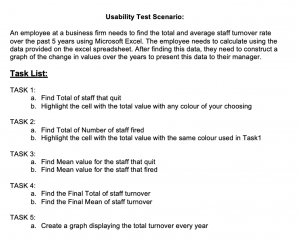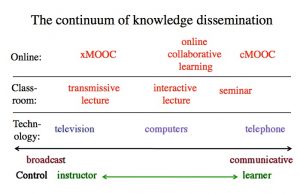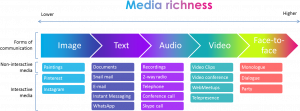My most memorable online learning experience so far is from an online course “Learning Design”, which focuses on creating and analysing different ways that enhance learning, for both instructors as well as learners.
In one of my recent assignments for this class, I had to conduct a Usability Testing on any application of my choosing and had to analyse my results. This class is mainly a broadcast method of media, rather than communicative as the professor posts assignments with its instructions and descriptions, for the audience to view. For the test, I had to create a Test Plan which included creating a task list for participants to perform, and also gather participants to conduct the test. After carefully viewing the instructor’s examples, I performed the test, which included using the screen record function on the laptop so each of the user’s actions could be recorded. Since it was an online class, the professor posted quite a lot of helpful material for us to refer to since it was going to be our first Usability Test, and we had no prior experience.
Below is an image of the Task List I created.

Through my course, I learned that for a Usability Test, it is important to give a task that is only slightly challenging. The goal is to keep it the least complicated as you can, while also making the user think and deduce how to perform the tasks given.
I selected two of my peers to record and the test was done Microsoft Excel, a basic spreadsheet that most people come across at least once in their educational experience. Once the test was recorded, I had to create a transcript which displayed time stamps of each action, as well as whatever the participant said during each action. This was mainly done to analyse the participant’s “Think Aloud Protocol“. The only reason I thought of conducting the test in such a way, and creating a transcript is due to the instructor’s samples provided on the online forum.
While this class’ instructions and most material were given in a broadcast method, this course also has space for communicative media. The online course has forums that allow the instructor and all the students part of the course to communicative amongst themselves, Students also have access to the professor’s email so they can personally have one-on-one communication with the instructor.
One of the things I love the most about this online course is the richness in all the posts. The instructor includes various videos, images, and graphics which makes the learning process easier and fun. I believe media richness is an important factor, even in education.
While we have not had any “face-to-face” communication, the instructor still manages to make this class fun and interactive, and gives us interesting assignments that makes us go out of our comfort zones and explore more about learning.



Leave a Reply